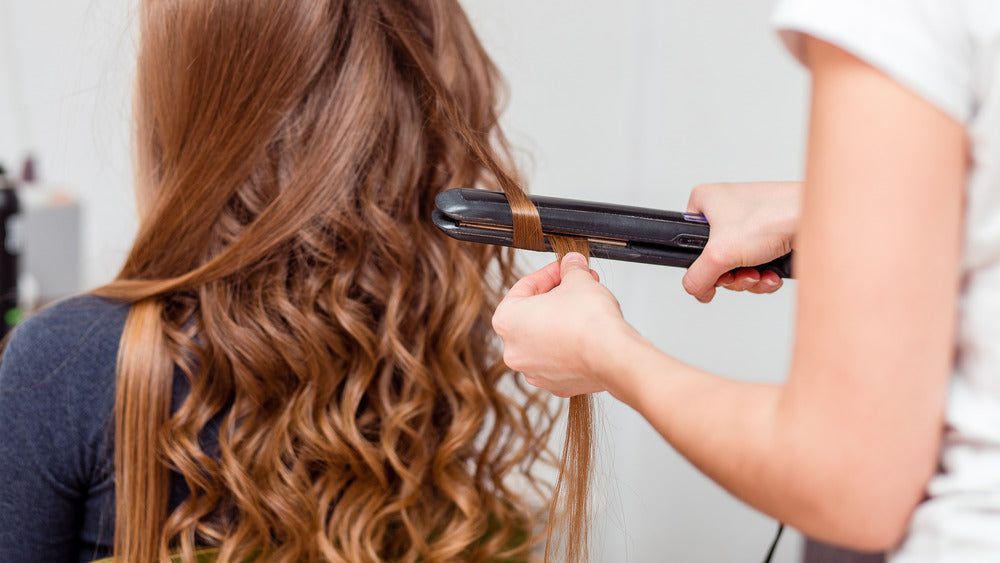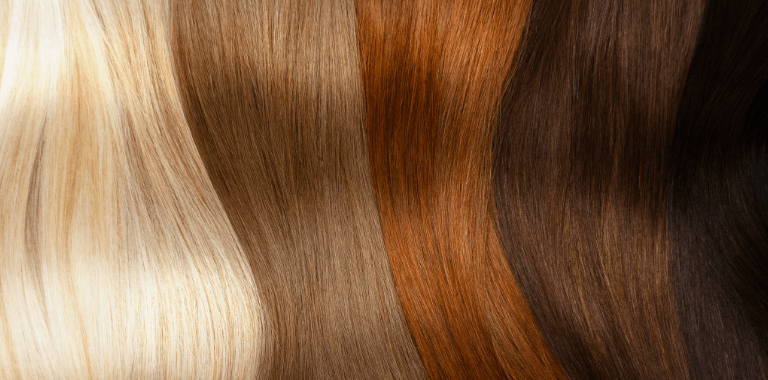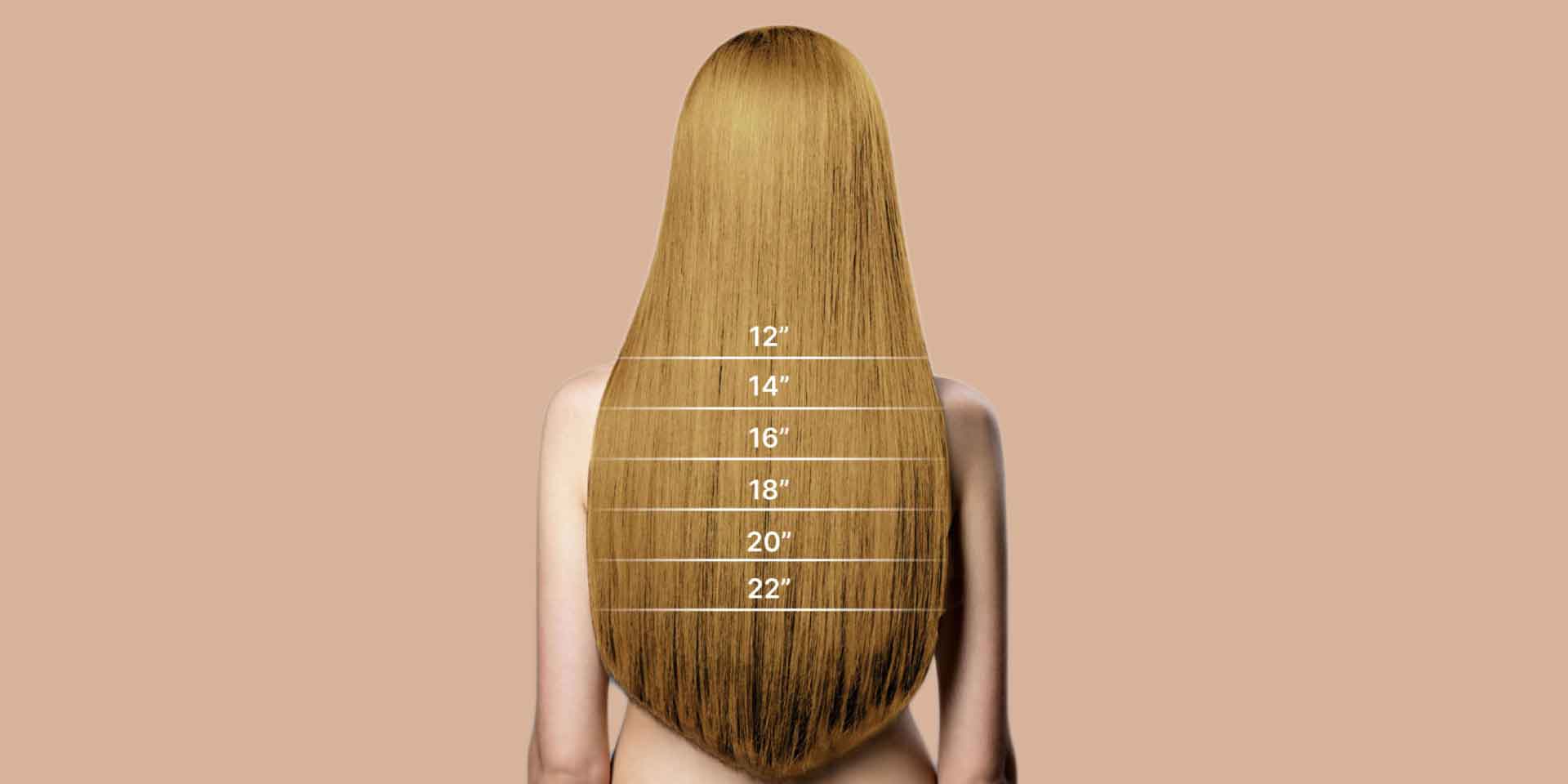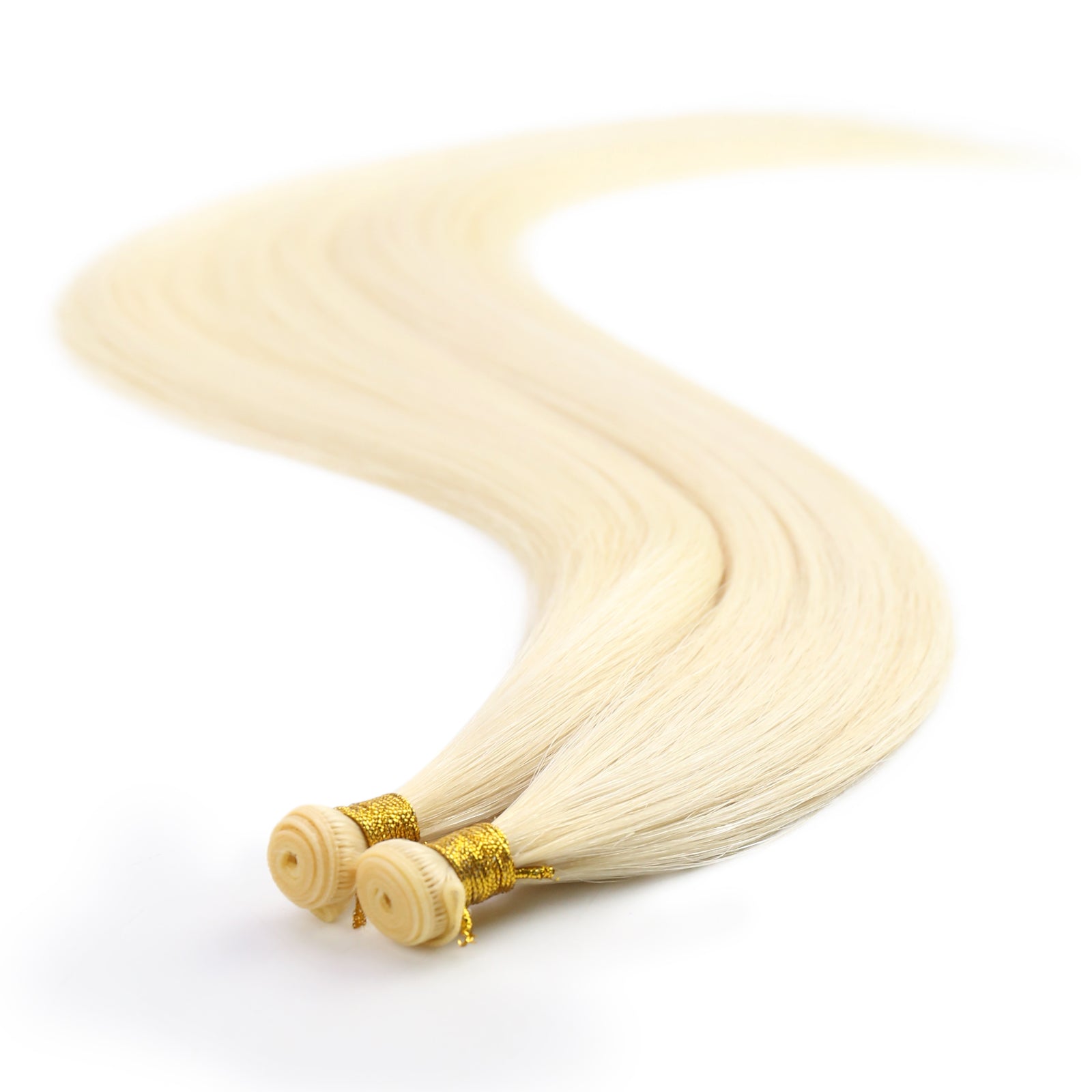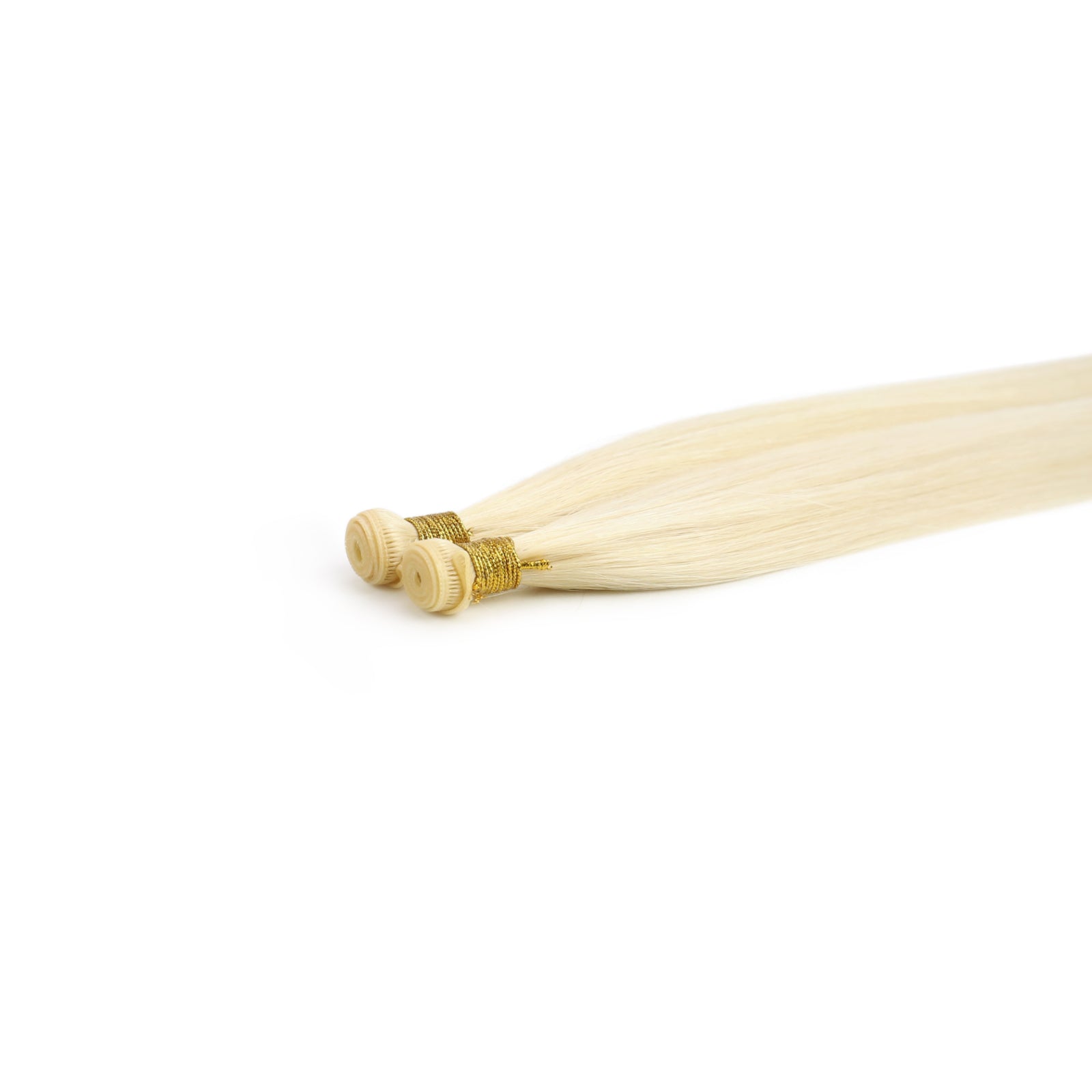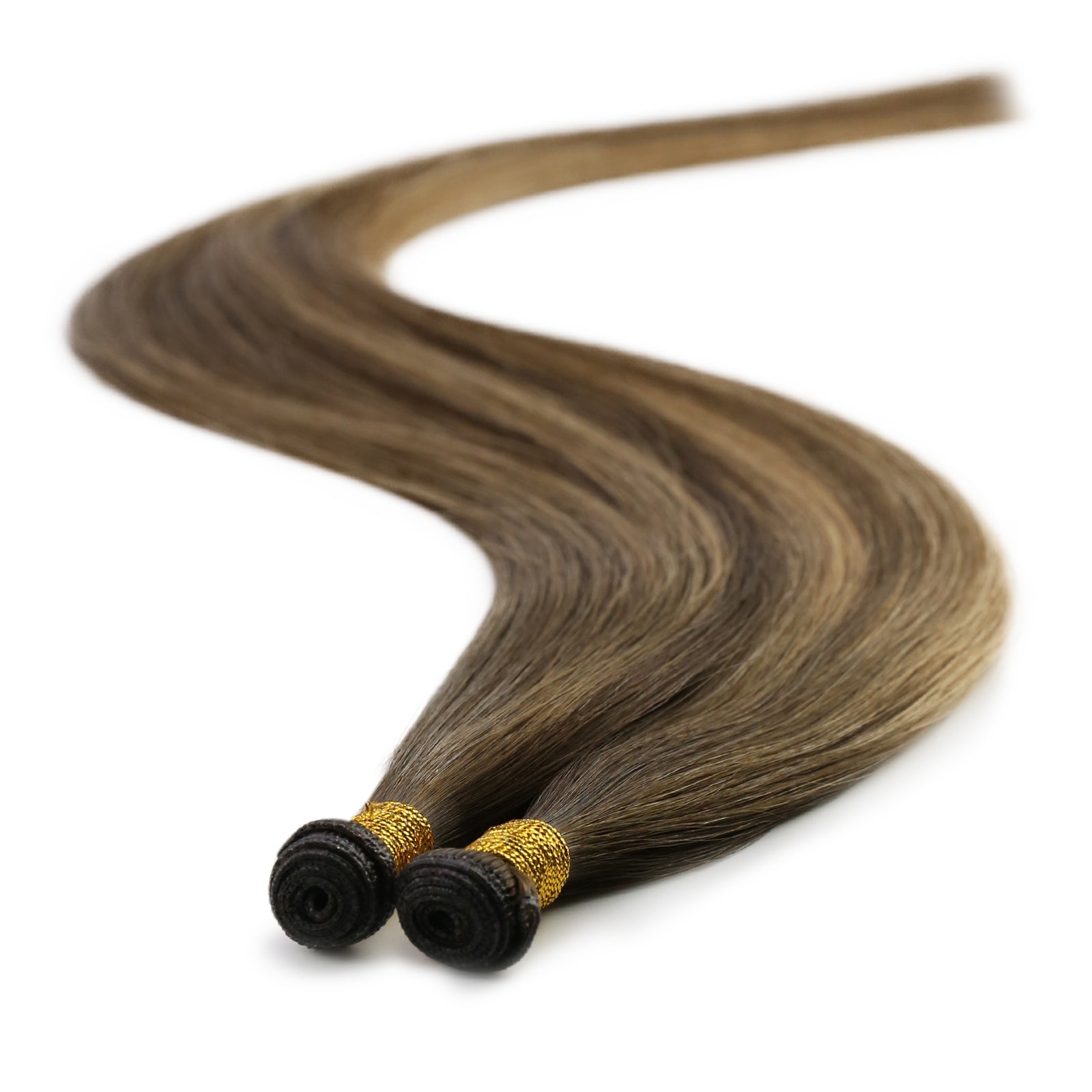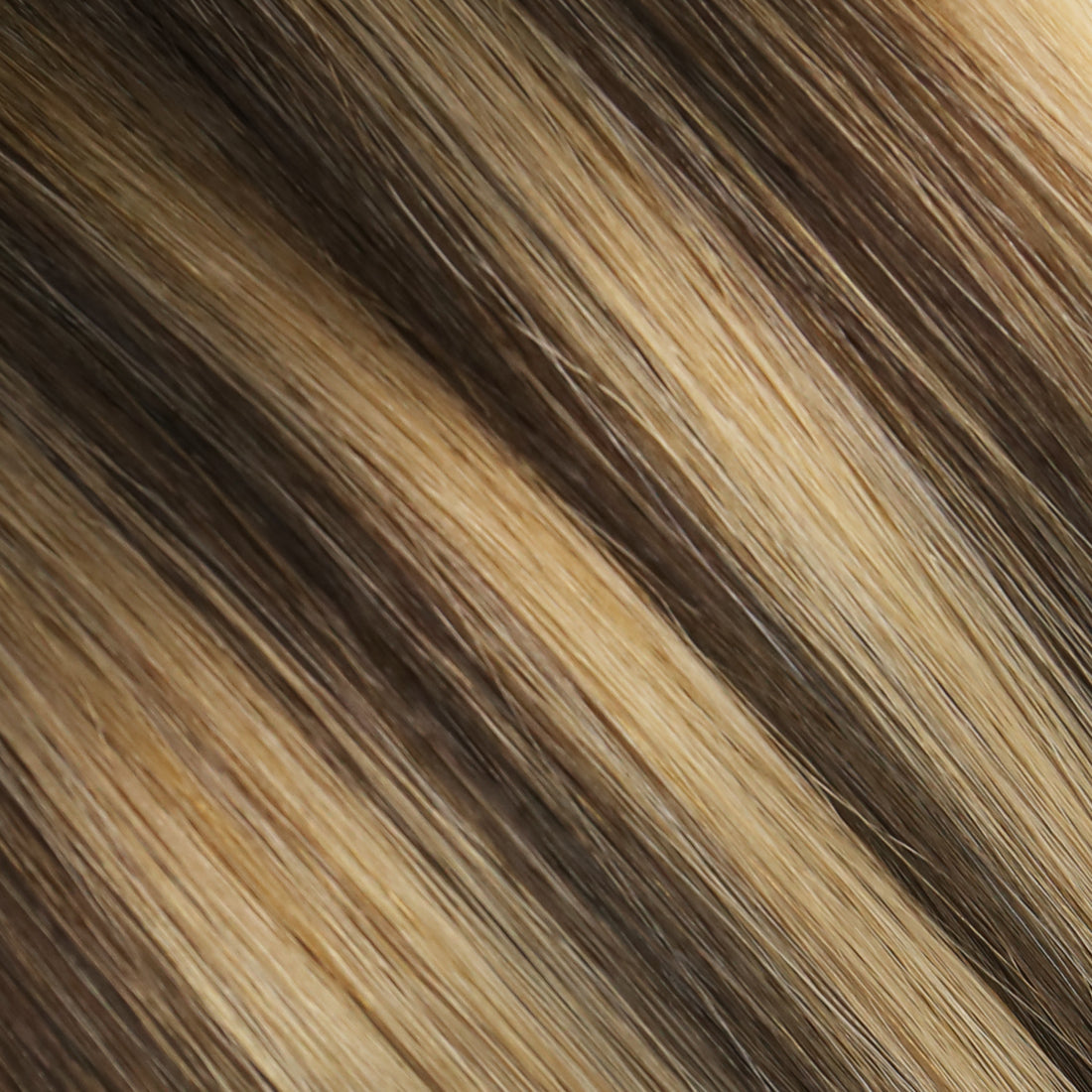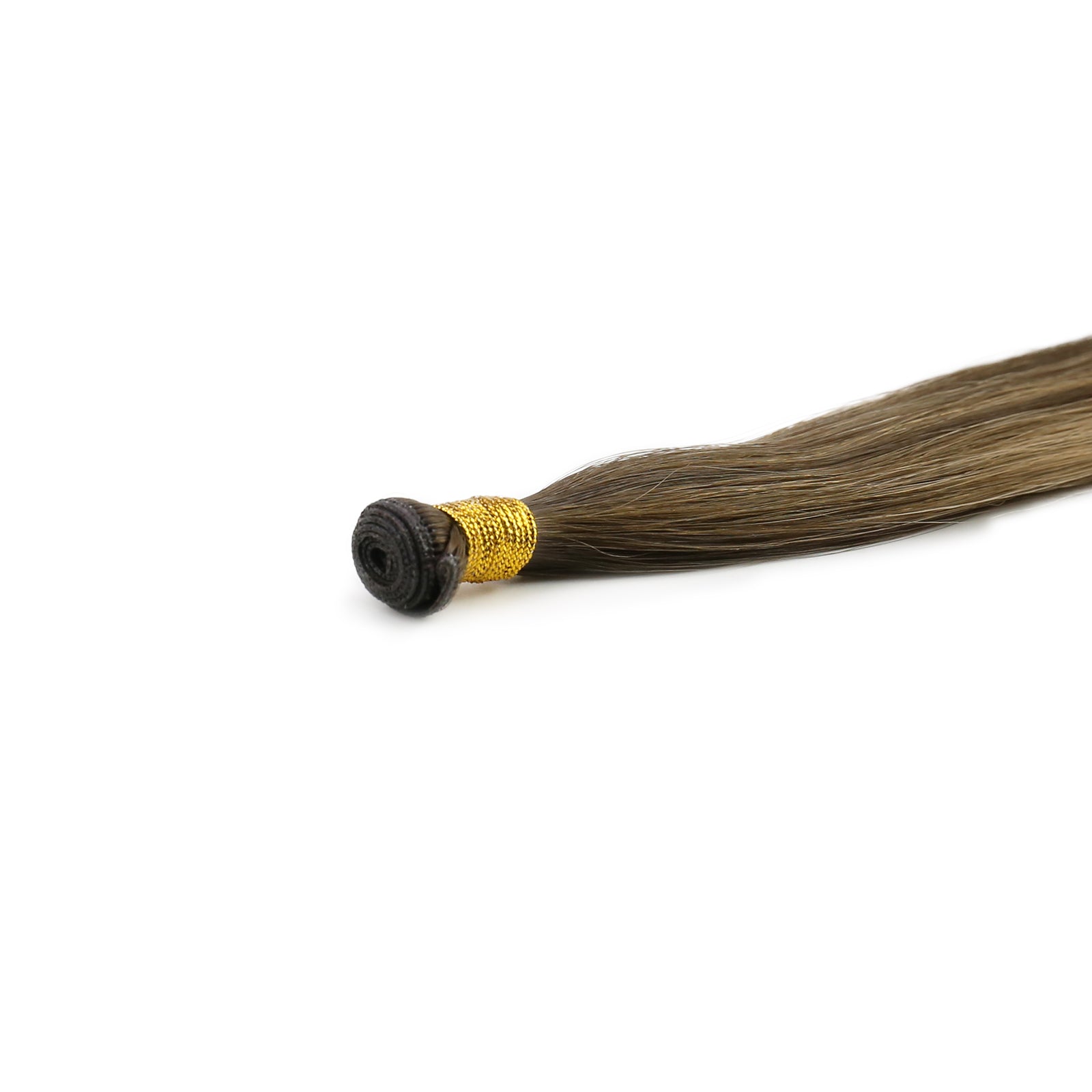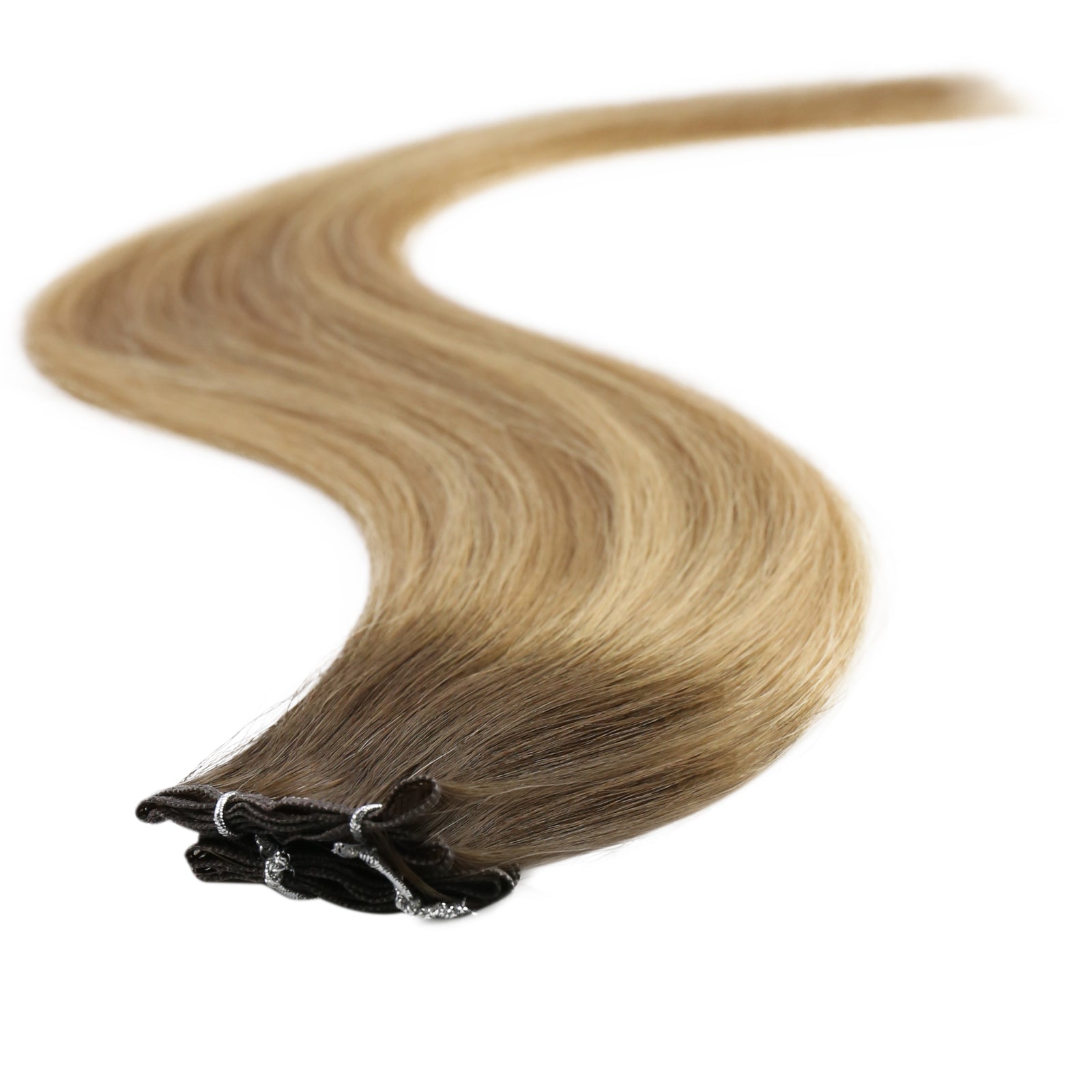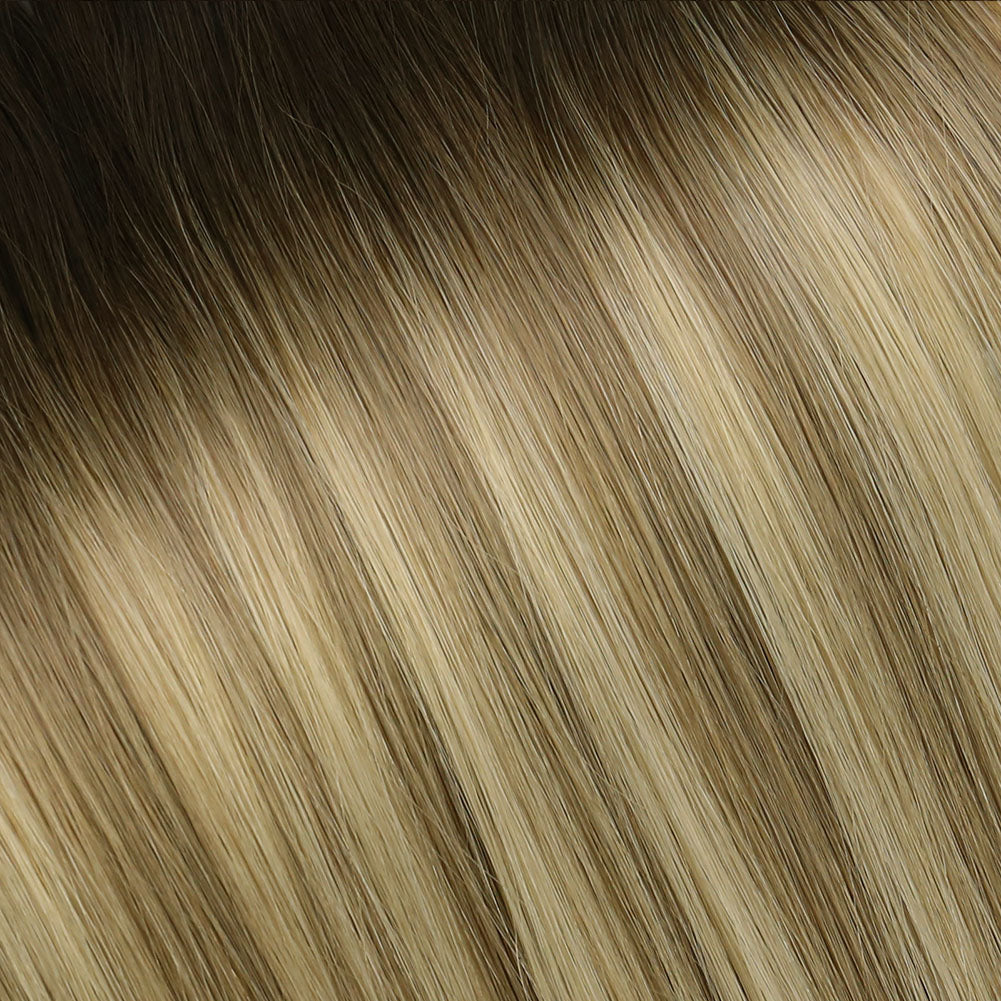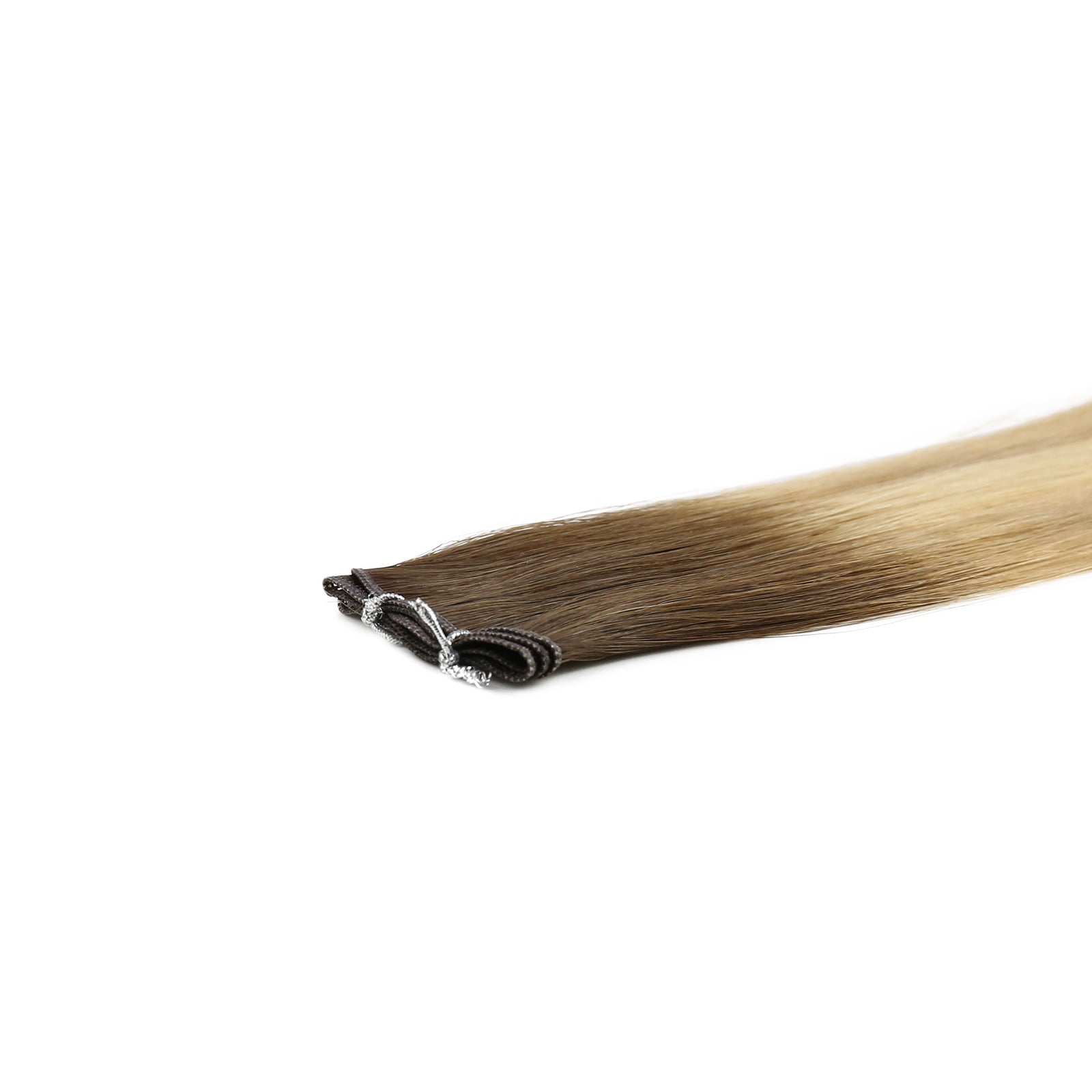Synthetic hair extensions and wigs have become increasingly popular due to their affordability, versatility, and low-maintenance qualities. However, one common question arises: Can you put heat on synthetic hair? This comprehensive guide will explore the intricacies of synthetic hair, its composition, and the effects of heat, offering practical tips for care and styling.
What Is Synthetic Hair Made of?
Synthetic hair is made from various plastic fibers such as acrylic, polyester, and polyvinyl chloride (PVC). These fibers are crafted to mimic the look and feel of natural human hair, allowing for a wide range of styles, colors, and textures. Synthetic hair is often pre-styled and holds its shape, making it a convenient option for those seeking a specific look without the need for daily styling.
Can You Put Heat on Synthetic Hair?
Weather you can put heat on synthetic hair depends on the type. There are two main types of synthetic hair: regular synthetic hair and heat-resistant synthetic hair. Regular synthetic hair cannot withstand high temperatures, while heat-resistant synthetic hair is designed to handle low to moderate heat settings.
How to Use Heat on Heat-Resistant Synthetic Hair
- Check the Label: Always check the manufacturer’s label to confirm that the synthetic hair is heat-resistant and to understand the recommended temperature limits.
- Use Low Heat Settings: Start with the lowest heat setting on your styling tools and gradually increase if necessary. Most heat-resistant synthetic hair can handle temperatures up to 350°F (180°C), but it’s safer to stay below this limit.
- Heat Protectant: Apply a heat protectant spray designed for synthetic hair to minimize the risk of damage.
- Test a Small Section: Before styling your entire wig or extensions, test a small, inconspicuous section to ensure it responds well to heat.
- Avoid Prolonged Exposure: Do not leave the heat tool on any section of hair for too long. Quick, gentle passes are more effective and safer.
What Happens If You Put Heat on Regular Synthetic Hair?
While heat-resistant synthetic hair can handle some degree of styling with heat, regular synthetic hair is not designed for this. Applying heat to regular synthetic hair can lead to a variety of issues that can ruin its appearance and texture. Understanding the consequences of using heat on non-heat-resistant synthetic hair is essential to prevent irreversible damage and ensure your hair extensions or wigs maintain their intended look and feel. If you mistakenly apply heat to regular synthetic hair, several issues can occur:
- Melting and Clumping: The most immediate consequence is that the fibers may melt, causing them to clump together and form hard, unusable sections.
- Loss of Shape: Synthetic hair that is not heat-resistant can lose its pre-set style and become frizzy or misshapen.
- Damage and Brittleness: Heat can make the fibers brittle and prone to breakage, reducing the lifespan of the hairpiece.

Alternatives to Heat Styling Synthetic Hair
While heat styling is a popular method for achieving various hair looks, it's not suitable for regular synthetic hair due to the risk of damage. Fortunately, there are several effective and safe alternatives to heat styling that can help you achieve your desired styles without compromising the integrity of your synthetic hair. These methods allow you to reshape, curl, or straighten synthetic hair while maintaining its quality and longevity. Here are some innovative and heat-free techniques to style your synthetic hair beautifully.
1. Steam Styling
Using a handheld steamer is a great way to gently reshape synthetic hair. The steam softens the fibers, making them more malleable and easier to style without direct heat contact. Here’s how to do it:
- Place the synthetic hair on a wig stand or secure it on a flat surface.
- Hold the handheld steamer a few inches away from the hair and move it evenly across the sections you want to style.
- Use your fingers or a wide-tooth comb to shape the hair while it’s still damp from the steam.
- Allow the hair to cool and dry in the desired style.
This method is especially useful for reviving synthetic wigs and extensions that have lost their shape or volume.
2. Hot Water Method
The hot water method is particularly effective for synthetic wigs and extensions, allowing you to reset their style. This technique works well for re-curling or straightening synthetic hair:
- Boil water and let it cool slightly. The water should be hot but not boiling to prevent damage.
- Dip the synthetic hair into the hot water for a few seconds. Ensure the hair is fully submerged.
- Remove the hair and gently blot excess water with a towel. While the hair is still warm, use rollers or a straightening brush to shape it.
- Allow the hair to air dry completely in the desired style before handling.
The hot water method is a simple yet effective way to refresh and restyle synthetic hair.
3. Rollers and Rods
Using rollers and rods is a classic technique to achieve curls or waves without heat. Here’s how you can do it:
- Start with clean, damp synthetic hair. You can lightly mist it with water if needed.
- Wrap sections of the hair around rollers or rods, securing them in place.
- Use a blow dryer on a cool setting to speed up the drying process, or let the hair air dry overnight.
- Once the hair is completely dry, gently remove the rollers or rods to reveal your new curls or waves.
This method is perfect for creating long-lasting curls and adding volume to synthetic hair.
4. Wig Spray and Mousse
Specially formulated styling products for synthetic hair, such as wig spray and mousse, can add volume, texture, and hold without the need for heat:
- Apply the wig spray or mousse evenly through dry or damp synthetic hair.
- Use your fingers, a comb, or a brush to shape the hair as desired.
- Allow the product to dry completely to set the style.
These products help maintain the style and provide a polished look without the risks associated with heat styling.
Why We Recommend Human Hair Extensions
While synthetic hair offers many benefits, there are times when natural hair extensions might be a better option. Natural hair extensions, or real human hair extensions, provide unparalleled versatility and a natural look that synthetic hair can’t always achieve. Here are some situations where you might want to consider using natural hair extensions:

Versatility in Styling
Natural hair extensions can be styled with heat, allowing you to use curling irons, straighteners, and other heat styling tools without worrying about damage. This means you can change your hairstyle frequently and experiment with different looks.
Coloring Options
Unlike synthetic hair, natural hair extensions can be dyed to match your natural hair color or to try out new colors. This flexibility allows you to achieve a seamless blend with your natural hair or to explore different shades and highlights.
Longevity and Durability
Natural hair extensions, with proper care, can last up to a year or more. They are more durable than synthetic hair and can withstand daily styling, washing, and other treatments that synthetic hair cannot handle.
Natural Look and Feel
Natural hair extensions provide a realistic look and feel that is hard to replicate with synthetic fibers. They blend seamlessly with your own hair, offering a more natural and luxurious appearance.
Investment in Quality
While natural hair extensions are more expensive than synthetic ones, they offer better quality and longer-lasting results. If you’re looking for a long-term solution and willing to invest in premium hair extensions, natural hair is the way to go.
Types of Hair Extensions
When considering natural hair extensions, it's important to know the different types available, each offering unique benefits and application methods. The most popular types include tape-in, clip-in, K-tip, I-tip, and weft extensions.
- Tape-in extensionsare known for their seamless appearance and are applied by sandwiching sections of your natural hair between adhesive strips.
- Clip-in extensionsare temporary and versatile, allowing you to add length and volume in minutes by clipping them into your hair.
- K-tip extensions, also known as keratin tip extensions, are applied using a heating tool that melts the keratin bond, securing the extension to your natural hair.
- I-tip extensionsuse small beads or cylinders to attach the extensions, providing a flexible and reusable option.
- Weft extensionsconsist of hair sewn onto a strip, which is then applied using various methods such as sewing, gluing, or beading, offering a range of options to suit different hair types and styling needs.
Conclusion
Choosing between synthetic and natural hair extensions depends on your specific needs, lifestyle, and budget. Synthetic hair offers a cost-effective, low-maintenance option for short-term use, while natural hair provides versatility, longevity, and a natural appearance for long-term wear. Understanding the differences and benefits of each type will help you make an informed decision that suits your style and hair care routine. Whether you choose synthetic or natural hair, proper care and maintenance are essential to keep your extensions looking beautiful and fresh.
